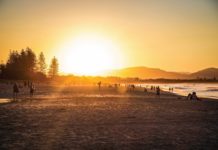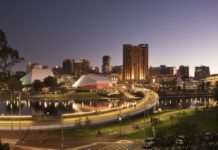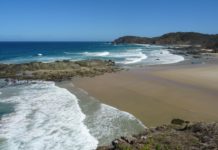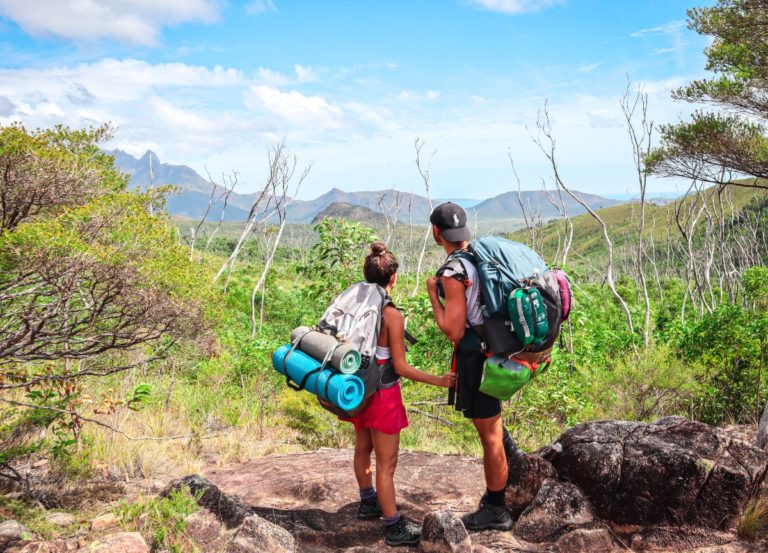
For many travelers and local Australians alike, Queensland’s national parks conjure vivid images. Whether a quick escape or a longer trip, the beautiful scenery of mother nature beckons. With so many national parks in Queensland, everyone has their favourite picks of which unrivaled natural attractions made it to the top list for a perfect holiday venture. Queensland is home to some of the most breathtaking national parks in Australia, each offering unique landscapes, diverse wildlife, and numerous outdoor activities.
Table of Contents
Great Barrier Reef Marine Park
As the world’s largest coral reef system, the Great Barrier Reef is a UNESCO World Heritage site and an iconic natural wonder.
The marine park offers incredible opportunities for snorkeling and scuba diving. You can explore the vibrant coral gardens, swim alongside marine creatures, and witness the beauty and diversity of the underwater world. Numerous diving sites are accessible from different parts of the coast.
Within the marine park, there are numerous islands and cays that provide access to the reef. These include the Whitsunday Islands, Heron Island, and Lady Elliot Island.
The marine park serves as an important site for scientific research and education. Researchers study the reef’s ecosystems, monitor its health, and work towards understanding and mitigating the impacts of climate change. Visitors can also learn about the reef’s importance through interpretive centers, guided tours, and educational programs.
Why Visit: Snorkeling, diving, and boat tours offer unparalleled underwater experiences.
Fees: Varies depending on tour operators. Add $7 for the Reef Tax.
Campgrounds: Camping is available on several islands within the park.
What to See: Coral reefs, marine life, and islands like Green Island and Lady Elliot Island.
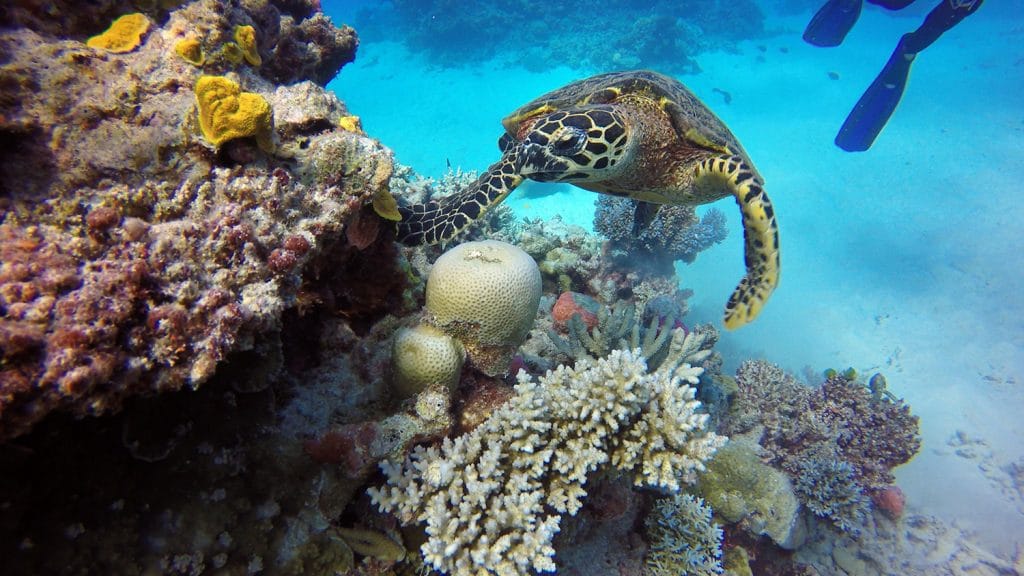
Daintree National Park
Daintree is located in the far north of Queensland and covering 1,200 square kilometres of ancient rainforest. This wilderness has not been touched by any man-made structures, boasting a very rich biological diversity. It is the world’s oldest tropical rainforest (over 180 million years old) and part of the Wet Tropics World Heritage Area.
The park has two sections. The Southern part is the Mossman Gorge and the other part is the Cape Tribulation found further north.
The Mossman Gorge is one of the most popular tourist places for you to find ancient and rare floras and faunas. It is also known for its granite boulders and clear waters. Cape Tribulation is also a popular destination having vast sandy beaches and rainforests.
There are plenty of ways you can explore the park. You can take a cruise along the river or swim in the natural rock pools. You can also zipline through the tall trees or just simply take a walk around the rainforest.
Look out for all the wildlife you can find. Especially the blue Ulysses butterfly, Boyd’s forest dragon, Bennet’s tree kangaroo and cassowary while exploring the park. To fully enjoy your visit, make sure to go there during the months of May to September.
Why Visit: Ideal for hiking, birdwatching, and exploring the diverse flora and fauna.
Fees: No entrance fees.
Campgrounds: Noah Beach and Daintree Rainforest Village offer camping facilities.
What to See: Mossman Gorge, Cape Tribulation, and the Daintree River.
Cultural Insight: Co-managed with the Eastern Kuku Yalanji people. Cultural tours at Mossman Gorge offer authentic Indigenous perspectives.

Carnarvon National Park (Carnarvon Gorge)
Carnarvon National Park boasts magnificent rugged ranges, hidden gorges and caves. There is a section of rainforest consisting of the world’s largest ferns and breathtaking gardens which accentuates the beauty of the Carnarvon Gorge in Carnarvon National Park.
The Queensland’s central highlands rugged ranges are divided into three sections: Ka Ka Mundi where any tourist can experience the sandstone escarpments, Mount Moffat the highest plateau along with discovering Queensland’s Aboriginal rock art, and Salvator Rosa’s crystal-clear springs that produce millions of liters of water to Louisa Creek and Nogoa River.
Carnarvon National Park is a nine hour drive from Brisbane. It is at its best during the months of April to September.
Why Visit: sandstone cliffs, diverse flora and fauna, and rich Aboriginal cultural sites.
Fees: No entrance fees.
Campgrounds: Carnarvon Gorge (basic facilities), Boolimba Bluff.
Top Experiences: The 10 km Carnarvon Gorge Main Walk, exploring moss gardens, and visiting the Art Gallery site with stenciled handprints and spirit figures.
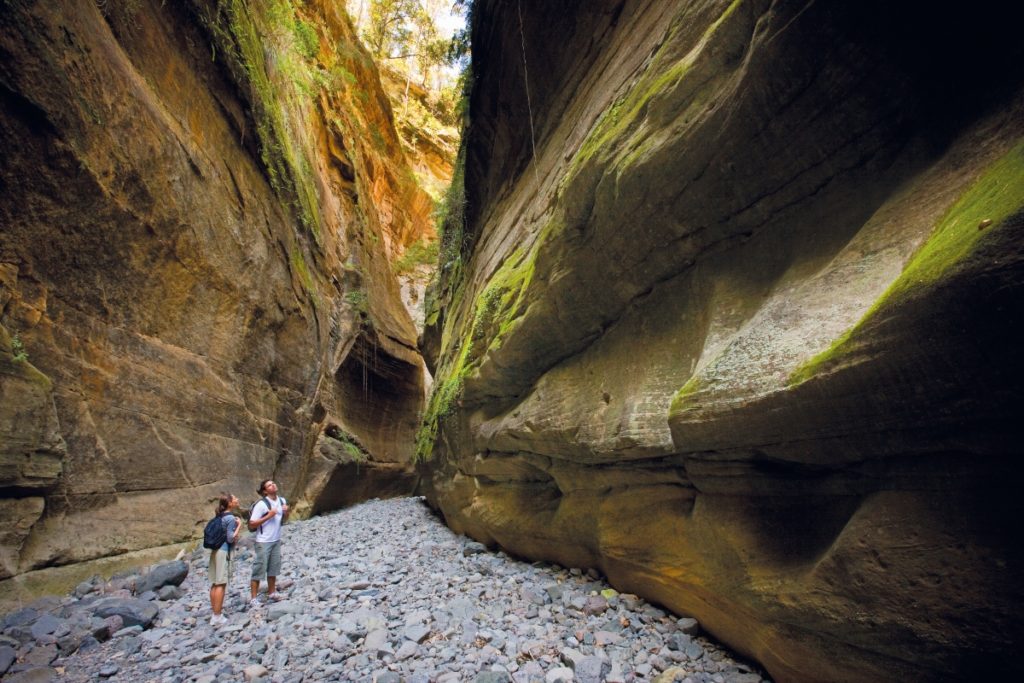
🚐 5% Discount with Travellers Autobarn
Travellers Autobarn is offering a 5% discount to Australia Backpackers Guide readers with promo code GUIDEEN
Noosa National Park
This is one of several parks located at the northern end of the Sunshine Coast. It is an easy two-hour drive north of Brisbane. This makes Noosa National Park a perfect day trip from Brisbane. Tourists flock to experience its impressive vibrant coastal scenery and native wildlife, including vulnerable species such as the black cockatoo, wallum froglet, koalas and many more.
You may visit Noosa National Park anytime between 9:15 AM to 4:45 PM. However, should you want to witness the graceful mammals offshore then make sure to head to Hell’s gate during whale migration season which happens between April and November.
Why Visit: stunning coastal scenery, pristine beaches, and excellent walking trails.
Fees: No entrance fees.
Campgrounds: No camping facilities within the park. Nearby camping is available at Noosa North Shore and Boreen Point.
What to See: Coastal Track, Tea Tree Bay, Hell’s Gates.
Highlights: The Coastal Track (5.4 km) with lookout points like Hell’s Gates. Spot koalas in the wild and enjoy secluded swimming coves.
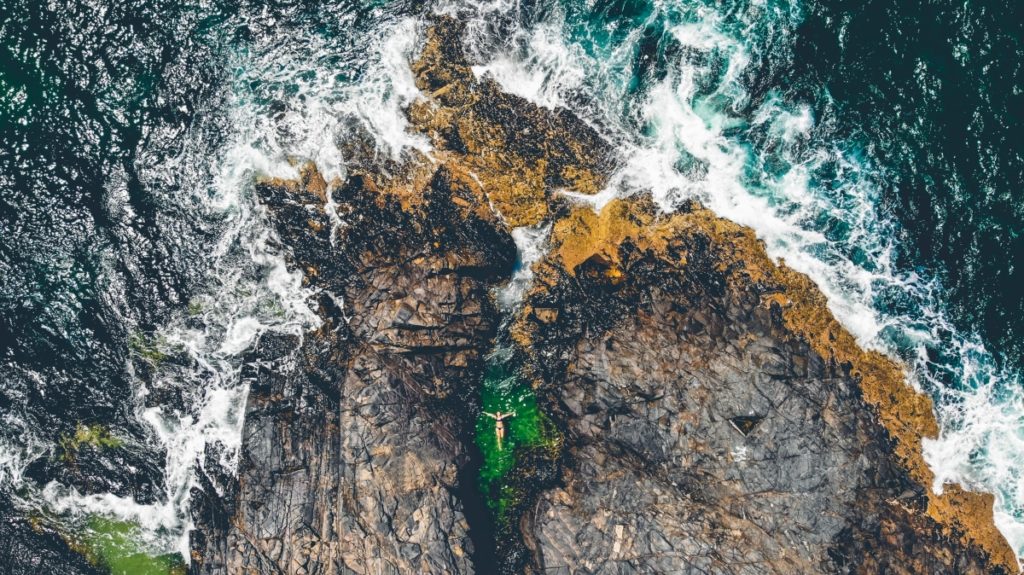
Bunya Mountains National Park
Take a three-hour drive northwest of Brisbane and you will find the second oldest park in Queensland, Bunya Mountains National Park. This is the home of the largest stand of ancient bunya pines around the world. It is considered as one of the best national parks in Queensland. You will not only find range-top grasslands but also a picturesque view of waterfalls and has an abundant species of exotic birdlife.
You can explore all the beauty that this park has to offer through its 35 kilometre walking track or by driving around in the convenience of your car.
Why Visit: ancient bunya pines, rich biodiversity, and scenic views. Ideal for hiking, birdwatching, and experiencing cool mountain air.
Fees: No entrance fees.
Campgrounds: Dandabah, Burtons Well, Westcott.
What to See: Bunya Bunya Track, Mt. Kiangarow, Scenic Circuit.
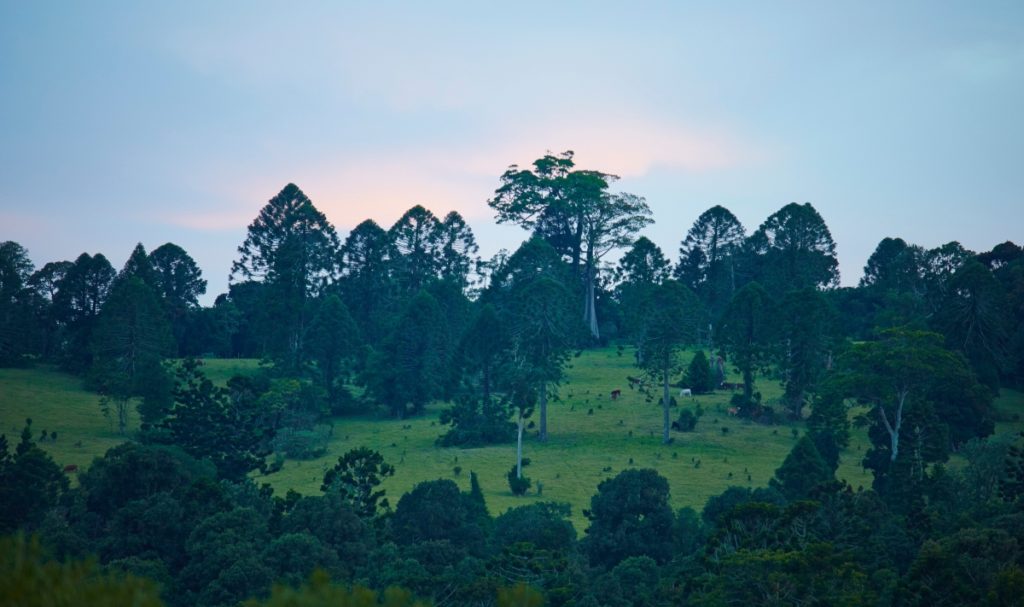
Great Sandy National Park (K’gari / Fraser Island)
From its name, the Great Sandy National Park is where you can find the world’s largest sand island. That is Fraser Island, K’gari, which is also considered as a World Heritage site. A three-hour drive north of Brisbane, will bring you to a popular Australian holiday spot. These 56,000 hectares of land is only a section of the park for the other part extends along the coasts from the Southern part of Noosa Heads to Rainbow Beach, named as the Cooloola Recreation Area.
Both sections of the park are mostly accessible through four-wheel drive vehicles. If you are into hiking, then you might consider the Cooloola Great Walk which is a five-day walking track. Fraser Island also offers a 90 kilometre Great Walk. Aside from this, there are a bunch of recreational activities that you can do on the island. A few are whale watching, fishing, diving, bushwalking and camping.
If you are planning your Queensland getaway be sure to visit during the Spring season (September to November).
Why Visit: 4WD adventures, beach camping, and exploring unique landscapes.
Fees: Vehicle permits required; camping fees apply.
Campgrounds: Various campgrounds, including Central Station and Waddy Point.
What to See: Lake McKenzie, Eli Creek, and the Maheno Shipwreck.
Activities: 4WD adventures, beach camping, hiking, and wildlife spotting.
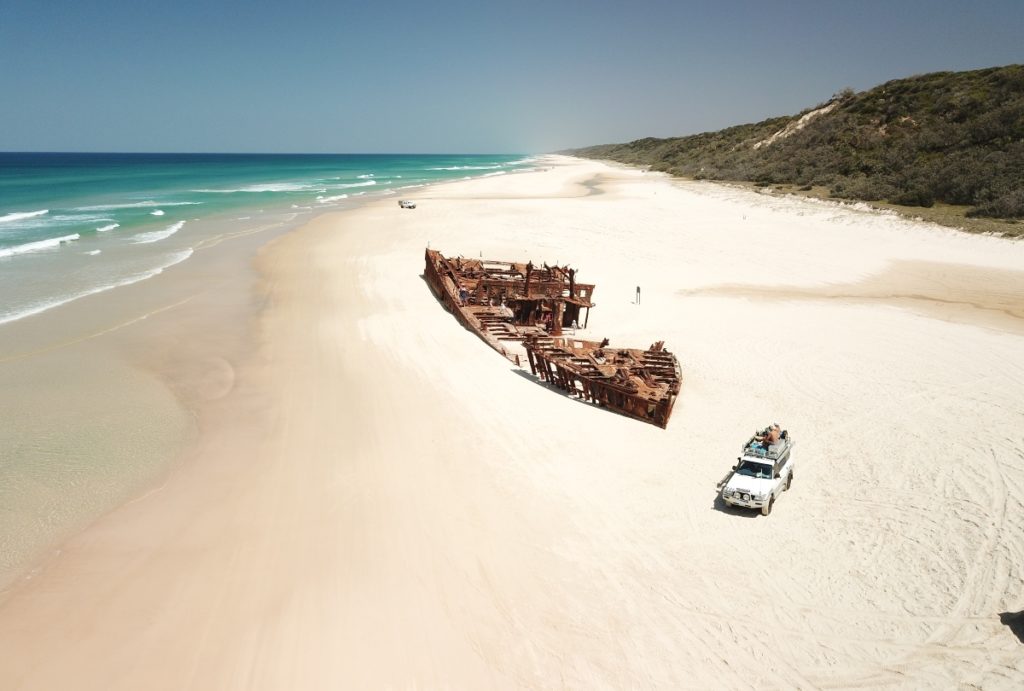
Lamington & Springbrook National Parks (Gondwana Rainforests)
Lamington National Park, part of the Gondwana Rainforests of Australia World Heritage Area, is renowned for its ancient rainforests, dramatic cliffs, and diverse wildlife. Located in the Gold Coast hinterland, the park spans over 20,000 hectares and offers more than 160 kilometers of walking trails. Visitors can explore lush rainforests, cascading waterfalls, and panoramic views from various lookouts. The park is a haven for birdwatchers, with over 200 bird species.
Why Visit: Perfect for hiking, birdwatching, and enjoying the scenic views.
Fees: No entrance fees.
Campgrounds: Green Mountains and Binna Burra offer camping and accommodation.
Highlights: Lamington’s O’Reilly’s Tree Top Walk, Moran Falls, Springbrook’s Natural Bridge (home to glow worms), and the Warrie Circuit hike.
Tully Gorge National Park
Tully Gorge National Park is part of the Wet Tropics World Heritage Area and showcases some of the most dramatic rainforest landscapes in Queensland. The gorge has been carved over millions of years by the powerful Tully River, creating towering 300m-high cliffs, lush rainforest, and cascading waterfalls that roar spectacularly during the wet season (December–April). The park is also home to rare and endangered wildlife such as the southern cassowary and the musky rat-kangaroo, making it a must-visit for nature lovers.
The Tully River is internationally renowned for world-class white-water rafting. With rapids rated up to Grade 4, it attracts adrenaline seekers from across the globe. Guided rafting tours operate year-round and are suitable for both beginners and experienced rafters. Expect exhilarating drops, powerful rapids, and calm sections where you can float and soak in the rainforest views.
Beyond rafting, the park offers hiking trails that highlight its rainforest ecosystem:
- Tully Gorge Lookout: A short walk leading to panoramic views over the gorge and river below.
- Butterfly Walk: A family-friendly track where Ulysses butterflies can often be seen fluttering around.
- Scenic Drives: The Cardstone Road winds through the gorge, with lookouts and picnic areas.
Download the complete Guide for a Road Trip on the East Coast
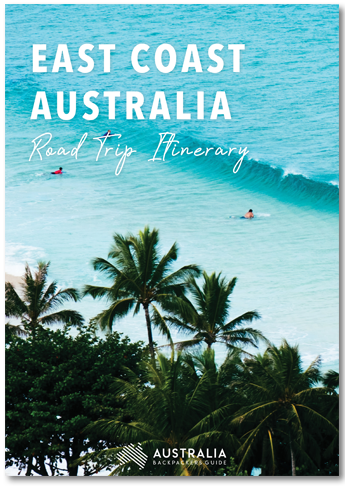
Our FREE 52-page guide brings together all the info you need for your East Coast Road Trip in Australia:
- Preparations (seasons, budget)
- All the best spots to visit on the coast
- The best tours & activities
- Spots to park and sleep in a campervan
These are just seven out of over 200 national parks found in the Sunshine state. Enjoy the abundant natural wonders in Queensland.




















